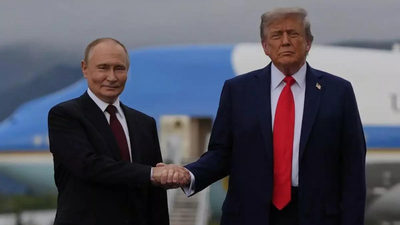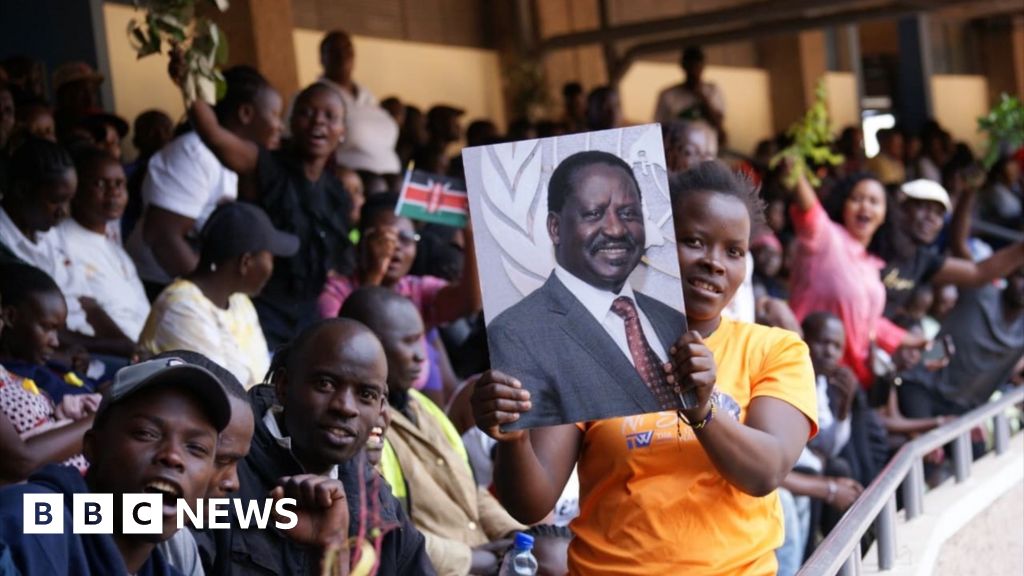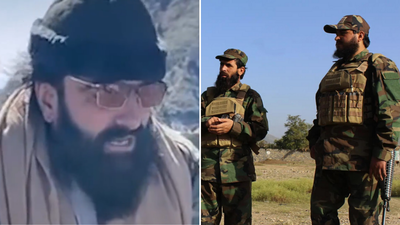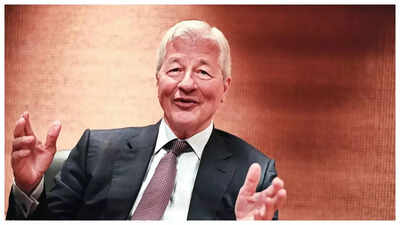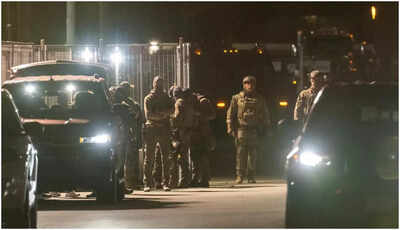
On a chilly October morning by Lake Michigan, three young men jogging along the waterfront were stopped by a black SUV that made a sudden U-turn. Two masked immigration agents jumped out, guns visible, and demanded to see their visas. The men, H-1B workers with every right to be there, were bewildered. After a tense few minutes, the agents let them go — but the encounter captured the new reality of life in Chicago: in Trump’s second term, immigration enforcement has moved from the border to the city’s streets.
A City Under Federal Pressure
What began five weeks ago as a federal promise to target “criminal illegal aliens” has transformed into one of the most aggressive domestic immigration operations in recent memory. In Chicago — home to half a million foreign-born residents and a self-declared sanctuary city — Immigration and Customs Enforcement (ICE) and Border Patrol agents are questioning people outside churches, schools, apartment buildings and even cemeteries.Witnesses say officers have stopped both undocumented immigrants and U.S. citizens, demanding visas, passports or residency papers as proof of identity. One legal resident was fined $130 for failing to carry his documents.The impact is visible across the city. Some schools have resorted to “soft lockdowns” when federal vehicles are spotted nearby, keeping students indoors until agents leave. A father was fatally shot by ICE officers last month during a confrontation outside a day care centre. In neighbourhoods with large Latino populations, volunteers — often white, to avoid attracting attention — now accompany children on their walk home.Restaurants, too, are on edge. Kitchens that rely on immigrant labour have shortened hours as workers fear leaving their homes. One Mexican restaurant has begun locking its door during business hours, admitting customers one at a time.
Politics and Power
Chicago’s sanctuary policies, which limit local cooperation with federal immigration authorities, have long made it a target for Republican administrations. But the current crackdown has an overtly political edge. President Donald Trump has repeatedly criticised Illinois Governor J.B. Pritzker and Chicago Mayor Brandon Johnson, both Democrats, accusing them of “harbouring criminals” and saying they “should be in jail for failing to protect ICE officers.”The city says it has received no communication from the White House or the Department of Homeland Security about the raids. Officials see the operation as part of a broader federal effort to pressure sanctuary cities — a point underscored when Trump announced that San Francisco would be next.
Resistance on the Streets
If the intention was to cow the city into compliance, the result has been the opposite. Residents have begun actively resisting ICE operations, chasing unmarked vans, honking horns to warn neighbours and shouting “Fascists!” and “ICE go home!” Crowds have thrown eggs and other objects at agents.The federal response has been equally forceful. Officers have deployed tear gas, pepper balls and smoke bombs — not only against protesters but also journalists and even Chicago police officers responding to disturbances. In one incident, after a car chase involving ICE agents ended in a crash, a crowd of more than 100 people gathered to confront them.The tactics mark a sharp departure from standard policing norms, which typically restrict the use of chemical agents to extreme situations and require advance warnings. Agents have also drawn guns on bystanders attempting to film or block arrests.
Sanctuary Tested
The escalating confrontation has exposed the limits of sanctuary city policies. Chicago police do not inquire about immigration status, but they also lack authority to stop federal agents from operating in the city. And while a federal judge blocked Trump’s attempt to deploy National Guard troops to Illinois, ICE’s expanded presence has continued unchecked.Governor Pritzker has accused the agency of creating “mayhem” and warned that other cities could soon face the same. “This is not about public safety,” he said. “It’s about intimidation.”
What Comes Next
The standoff in Chicago is now a test case for how far federal power can reach — and how much local resistance can slow it down. Civil rights groups are preparing legal challenges, and community organisations are coordinating rapid-response networks to track ICE activity in real time.But with Trump signalling that more cities will soon face similar operations, Chicago’s struggle is unlikely to remain unique. For now, the city’s message is clear: federal agents may control the streets, but they do not control the narrative — and resistance, however improvised, is becoming part of daily life.
With inputs from agencies


